Jump to:
Wicks are fast taking over the loc community. Standard dreadlocks look amazing, but Wick Dreads are out of this world.
Their intriguing yet unusual appearance has attracted the attention of musicians, athletes, social media influencers, and quite a few celebrities. Don’t want to be left behind? Here’s a detailed guide on wick dreads.
What Are Wick Dreads?
Wick dreads are a cool dreadlock style that anyone in the informal industry can have. One can have as few as four wicks on their head. They vary in thickness and can be long or short. The idea is to grow your wicks as thick as possible.
How They Got Their Name
Do you know how a candle wick stands straight up? The ideal wick dread is rigid and pointy. However, some people prefer the longer, thicker dreads that hang downwards, which also identify as wicks.
Where They Originated
The wick trend traces back to South Florida in the United States. African Americans and, specifically, people from the Afro-Haitian community are the ones who started this fabulous trend.
Why They Are Trending in 2025
Young people in the community would install wick dreads, but the trend blew up when mainstream celebrities like Jay-Z and Kodak Black started donning them.
Also labeled globs or bonks, people passionate about hip hop music and related sub-genres tend to put on wick dreads as a statement or simply part of their identity.
Key Features of Wick Dreads
If you are curious about dreadlocks, you may wonder what sets standard dreadlocks, Congos, and wicks apart. Here are key features that only wicks have:
- Wicks are thick and pointy.
- Usually, wicks can measure about 2 to 6 inches. There are a few cases where people have wicks as long as 24 inches.
- Wicks have smooth round ends.
- A wick stands as a single piece from the roots. The wick dread ends may be one piece or have many smaller-sized dread endings to make them unique.
Wick Dreads Inspiration: 10 Ways to Rock the Trend
Finding different ways to wear your wicks is an enjoyable activity. The number of styles you can do are limited to how short or long your wick dreads are.
Are you tired of rocking the same old style and want to change your lookup? If yes, here are ten different ways to rock the Wick trend.
1. Bee Hive
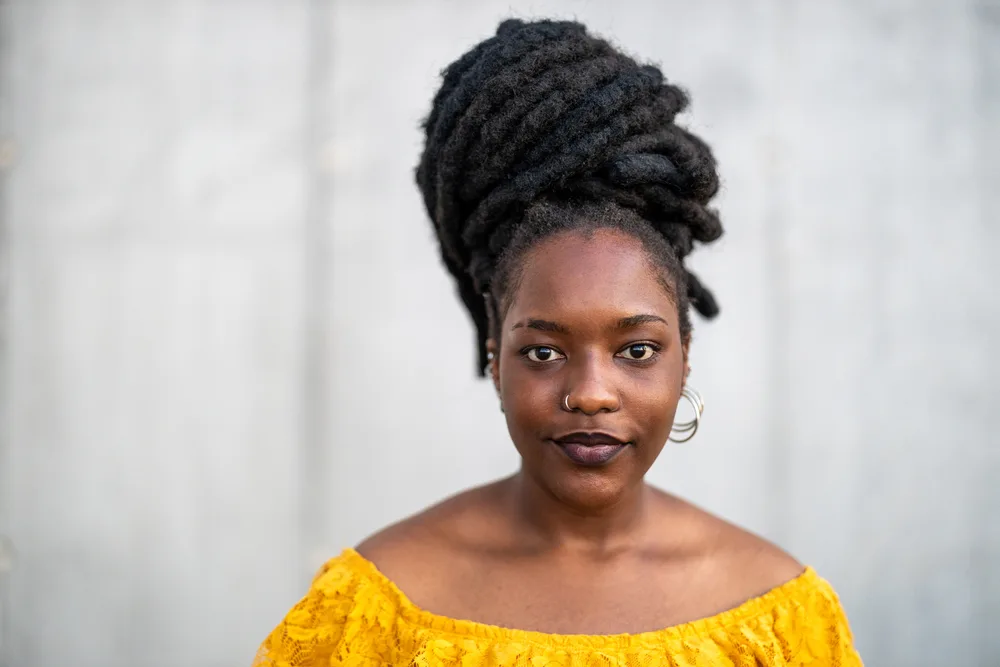
pikselstock/Shutterstock
If your wicks are longer than 10 inches, the bee hive is an excellent hairstyle to keep things interesting. Use a rubber band to hold your dreads up in a high ponytail. Grab the ends and coil them around to make a beehive-like design.
2. Wick Bangs
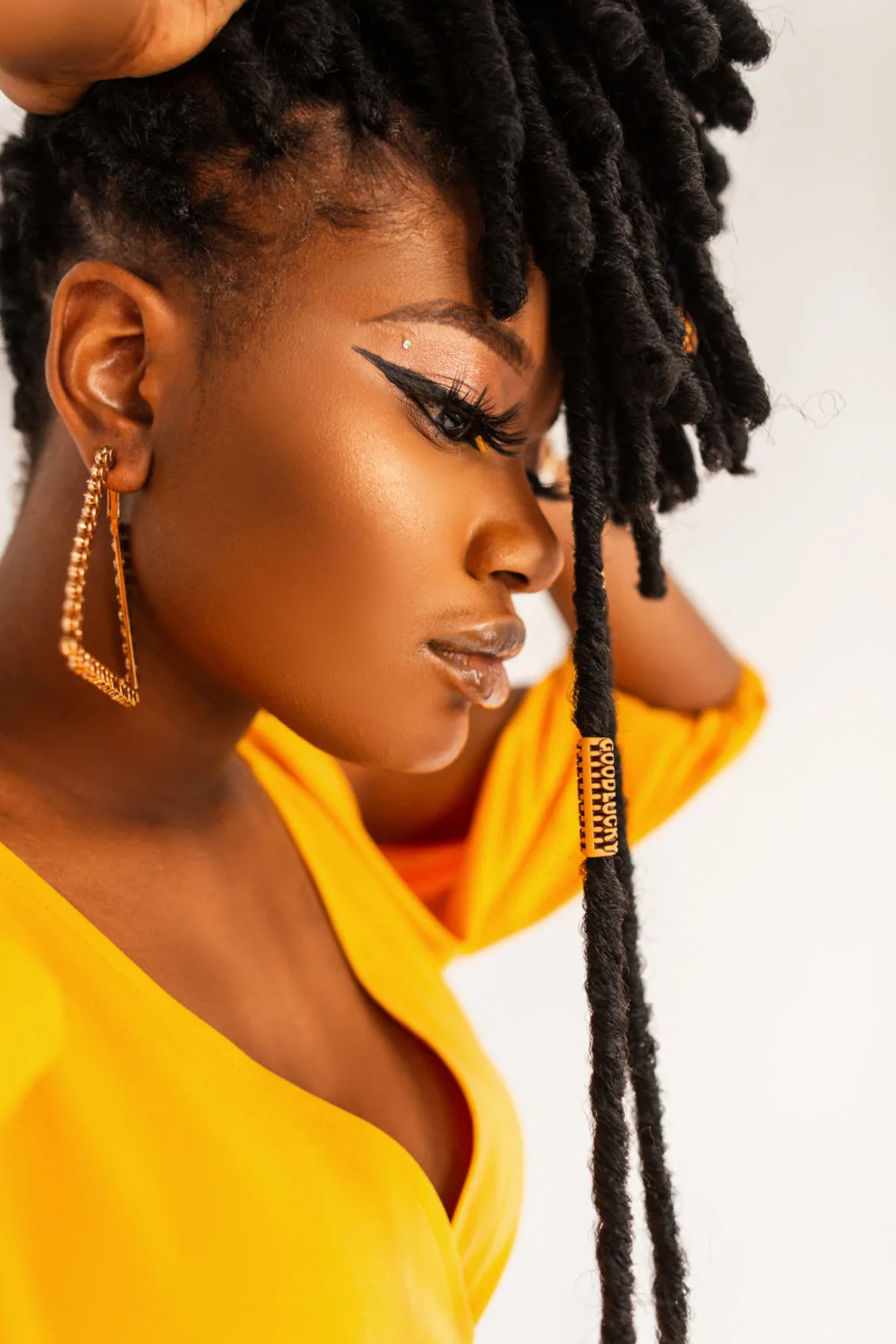
Alones/Shutterstock
If your dreads are at least six inches or longer, use a rubber band to hold all your wicks at the top, leaving two or three wicks hanging loosely on your forehead. This is a casual, laid-back style that can transform your entire look.
3. Side Swoop
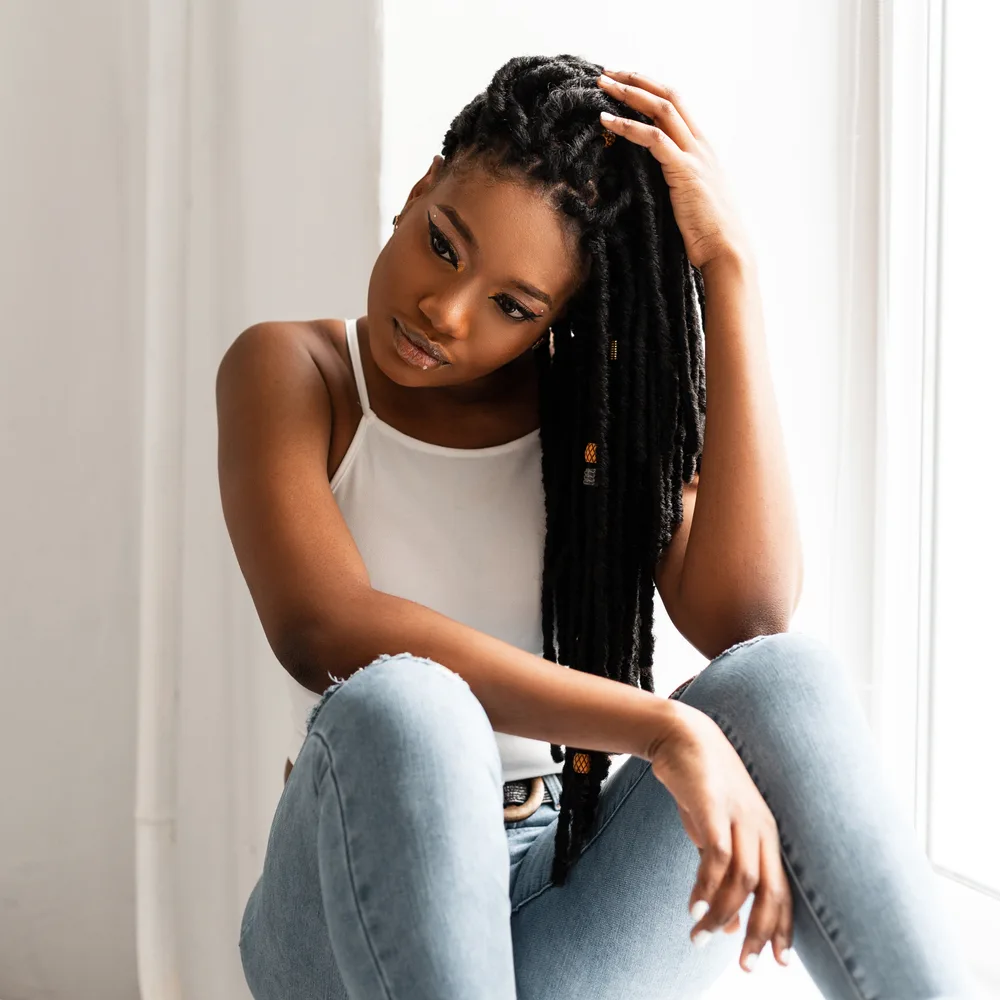
Alones/Shutterstock
This style only works if your wick dreads are long. Shorter wicks are super rigid and point toward whichever direction. If they are longer, however, it’s easier to switch them from one side of your face to the other.
4. Let Loose
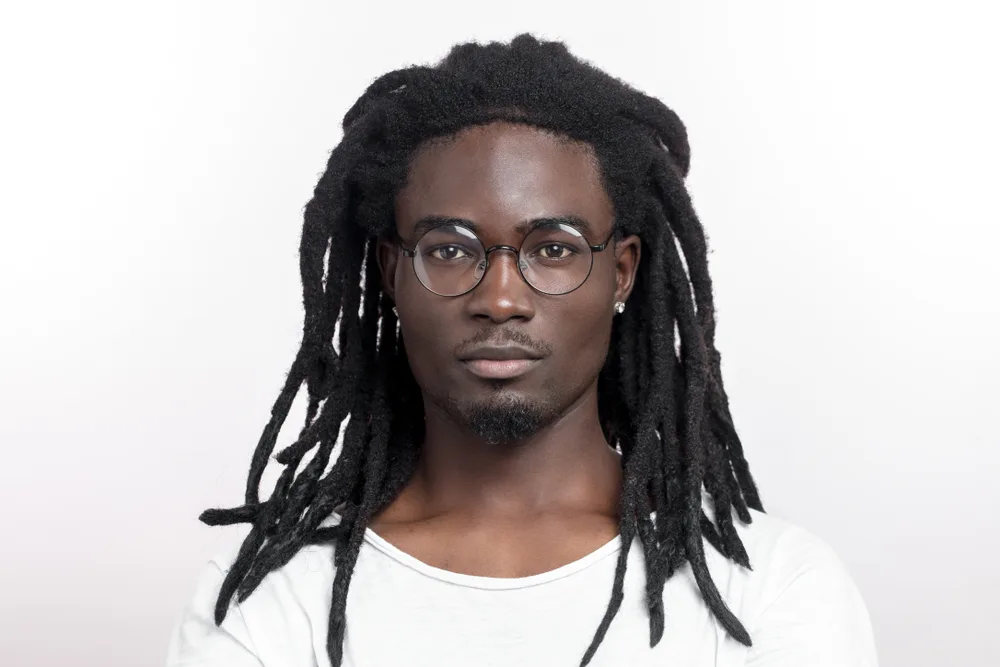
UfaBizPhoto/Shutterstock
Allowing your wicks to hang in whichever direction is perfect if your wick dreads aren’t long enough to hold with a rubber band.
You could literally get up from bed, dress up and go about your business without a care in the world of how your wicks look. Most people like this style. The messier, the better.
5. Pussy Cat
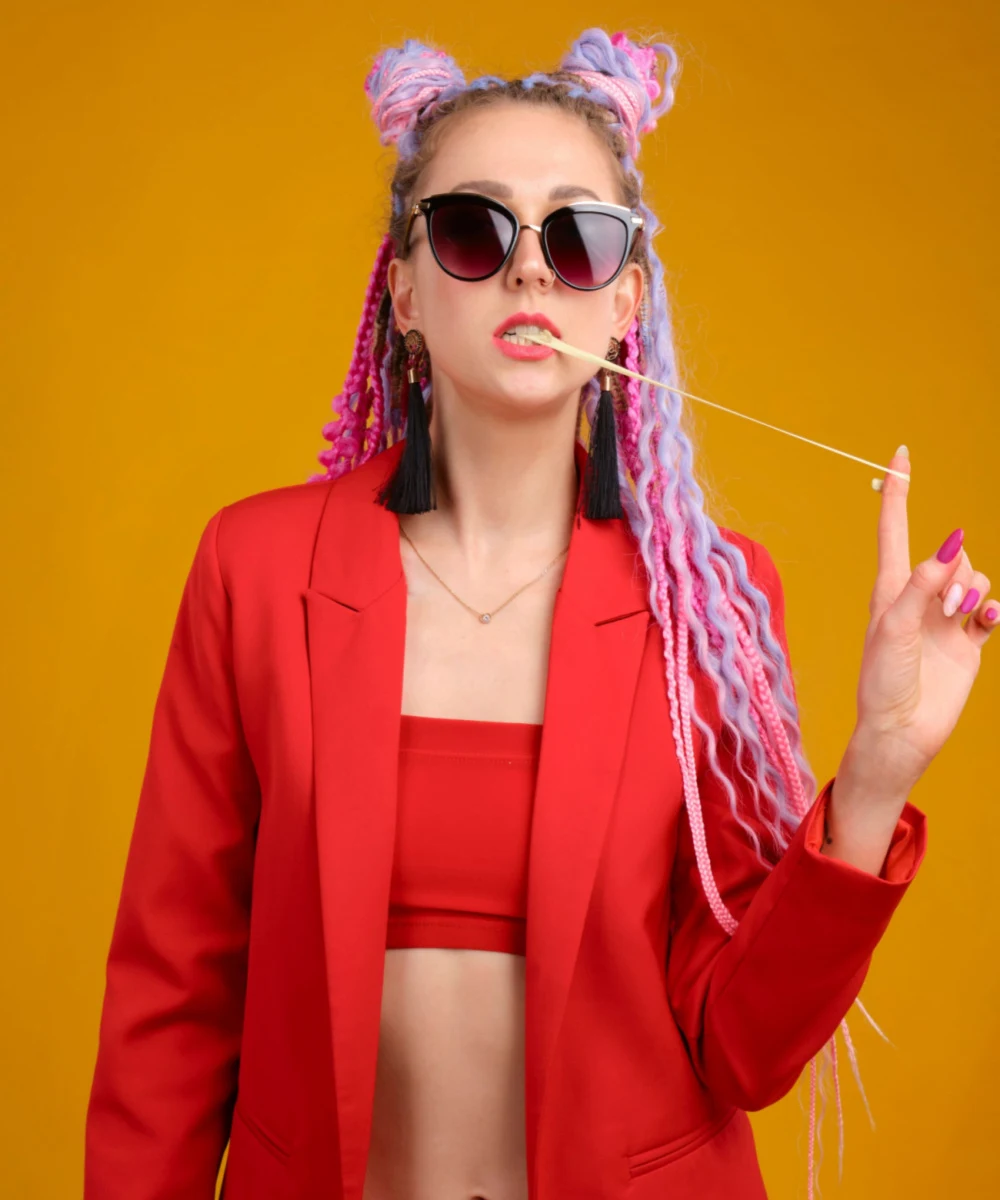
UpStock701/Shutterstock
Part your wick dreads right down the middle holding a few wicks on the one hand and a few more on the other. Fasten each bunch with a rubber band. There you have it, a cute style that probably brings a smile to anyone you come across.
6. Push Back
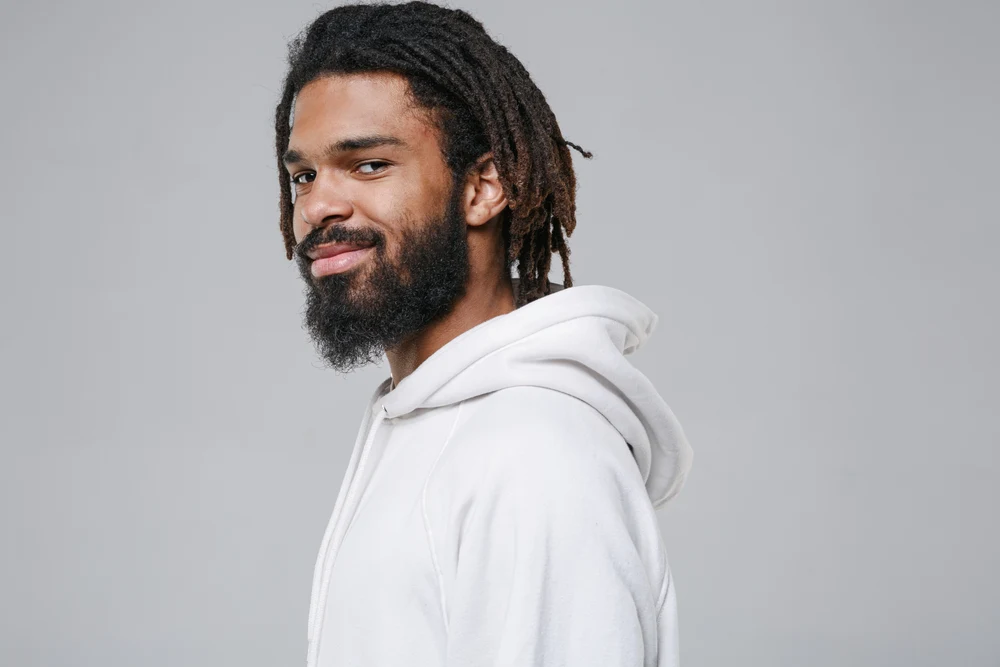
ViDi Studio/Shutterstock
Find a long band or a scarf. Tie it around your forehead on your hairline to the nape of your neck. Slowly pull it back while tightening the scarf. Stop wherever feels comfortable and secure enough.
Usually, this is an inch or two from your front hairline. This wick dread style keeps all of your hair contained and facing back. It’s an excellent choice when you want to portray a clean-cut image.
7. Up and Down Do
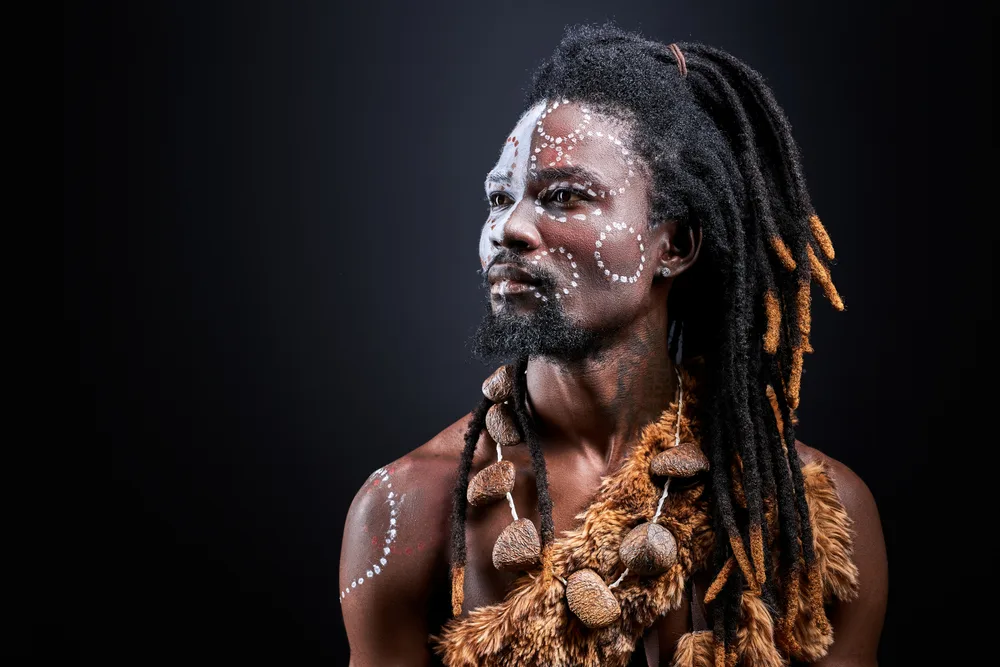
UfaBizPhoto/Shutterstock
Despite how few your wick dreads may be, this style requires you to hold half of your hair up and leave the remaining half loosely hanging down. It’s a beautiful hair-do for you when working with any wick size long enough to hold together with a rubber band.
8. Side Fade Cut
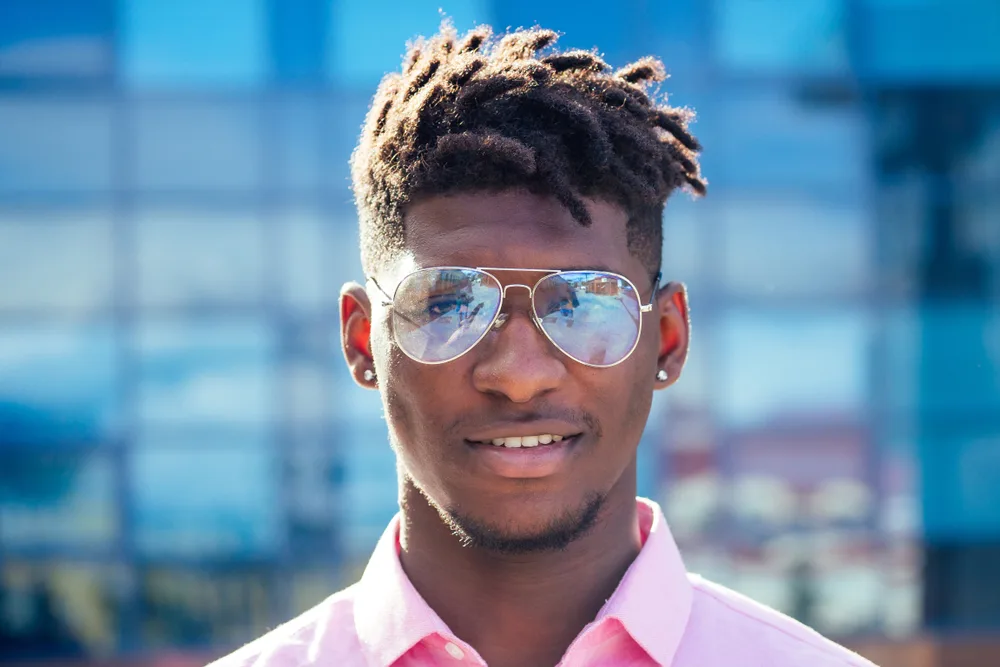
Yurakrasil/Shutterstock
Your hair will continue to grow even after installing wick dreads. Re-waxing your wicks is one way to keep them looking neat and fresh. But if you want yours to look even neater, ask your barber to do a fade cut that outlines the shape of your forehead and blends well with your dreads.
9. High Pony
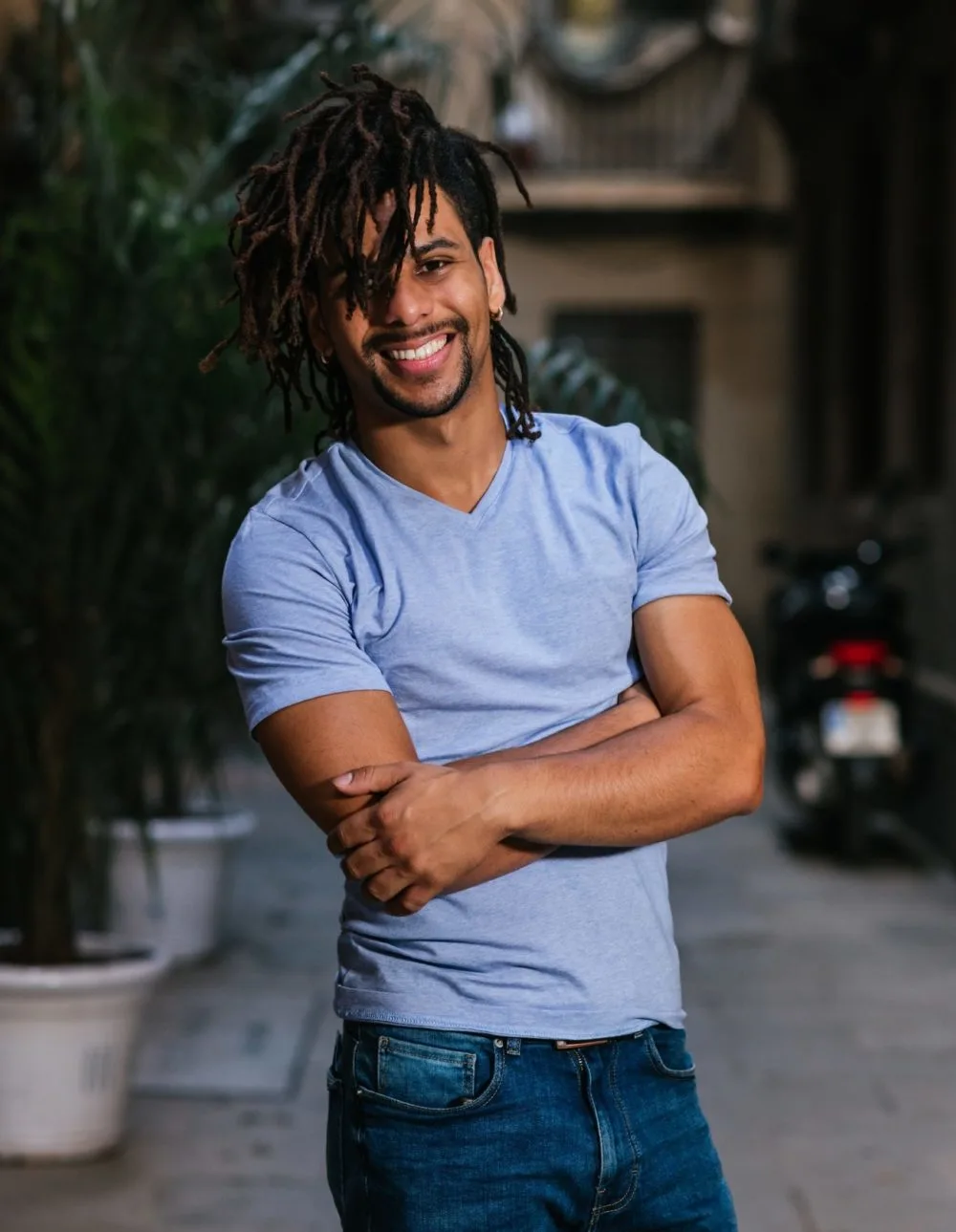
dzmat.ph/Shutterstock
A typical pony sits at the middle or lower back of the head. The high pony style, alternatively, sits as close to your forehead as possible.
You could push the ends to the side or allow them to cover your face partially. For your look to appear more interesting, you could install a couple of colorful jewelry pieces on your dreads.
10. Pineapple Top
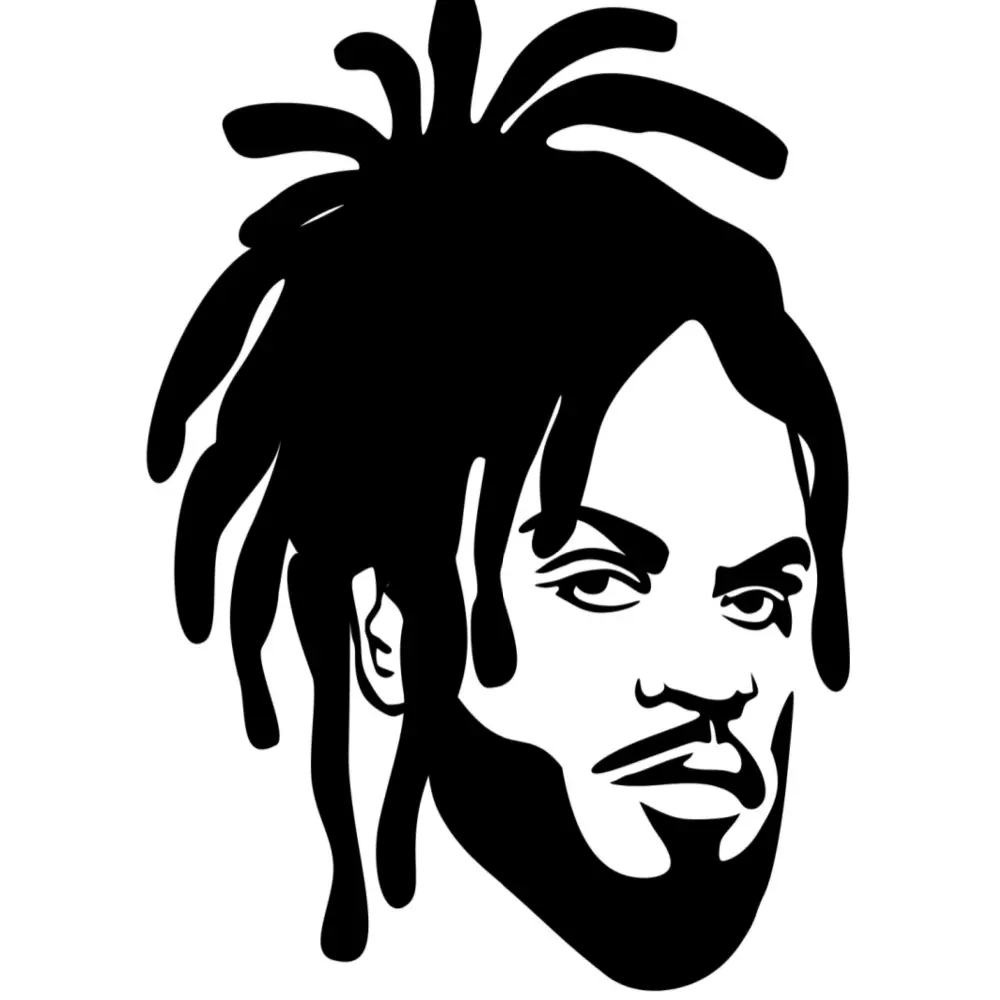
Polina Raulina/Shutterstock
Gather your wick dreads up at the top of your head, hold them in place with a rubber band or a scrunchie, and voila! You have an exciting pineapple top style. Careful not to pull on your wicks too tight, as this may cause discomfort and damage from hair pulling.
How to Start Wick Locs
You’ve finally made the bold decision to get wick dreads! Congratulations! But first, you must figure out the best method to start your wicks. To point you in the right direction, here are three main ways to start wicks.
Crochet Method
The crotchet needle method is the most common wick starting method. The loctitian starts slowly weaving a dread from a sizeable chunk of hair. As with standard dreads, the crotchet method is an instant result technique. Here, you don’t have to wait for your locs to form over a long time.
Read Next: Crochet Hairstyles Trending in 2025
Rubber Band Method
You need loose hair for the rubber band method to form nice wicks. The dread stylist starts by sectioning out part of your hair. They put in rubber bands from the roots up until the end of the afro hair.
Allow the rubber bands to stay in for about three to four weeks. After that, you’re ready to take the rubber bands out to inspect whether or not the loc is starting to form.
The Freeform Method
As the name suggests, there’s little input required from you to make free-form wick dreads. It starts by allowing your hair to loc on its own.
Be sure to wash and oil your hair often because no one wants dirty-looking hair. Remember to section or separate your hair at the roots to separate each wick according to the thickness and number of wicks you desire.
Note that free-forming wicks don’t have the neat appearance crotchet wick dreads have. Crotchet wick dreads are your best bet if you want a more defined look.
Read Next: The Best Freeform Dreadlock Hairstyles
Wick Care Tips
Wick dreads are a relatively new trend making their debut into the limelight. Not many know yet how to care for their wicks. As a result, you see people with unattractive dreads, forcing them to shave it all off or start their wick dread journey afresh.
Here are a few tips to guarantee a successful wick dread journey:
- Section Your Hair: For that uniform look, ensure you clearly section your wicks to match in size and thickness
- Avoid Neglecting Your Wicks: Wash and oil them regularly, at least twice a month or more, depending on how fast they collect dirt.
- Moisturize Your Scalp Often: Using the right moisturizer for your scalp and hair sets the ideal foundation for increased hair health and consistent growth.
- Cover-up At Night: Your locs will not develop fast and adequately if you don’t protect them during sleep. Putting on a silk or satin bonnet at night protects your locs from hair damage and breakage from rubbing your head against the pillow.
- Avoid Mold and Mildew Growth: Failure to properly dry your wick dreads after washing can breed mold and Mildew. After cleaning your dreads, use a microfiber towel to absorb the excess water. After that, allow your hair to air dry or use a blow drier to rid your wicks of any moisture quickly.
- Keep Your Locs Hydrated: Lightly spray your locs with rose water to keep them hydrated. When your hair strands are deprived of moisture, they dry up, become brittle and break like twigs. To avoid excess hair loss, keeping your hair hydrated daily is vital.
Frequently Asked Questions
Below are answers to commonly asked questions about wick dreads:
How do you keep your dreads wicking?
Wax or gel are excellent products to keep your wicks from becoming lax or limp. It’s advisable to clean your wick dreads first before applying the product and getting inside the drier.
The drier helps the hair set and dry up fast. If you have time, you could forego the drier and allow your wicks to air-dry after applying wax.
How long does it take to do wick locs?
There are two ways one could end up with wicks. One way is to merge your dreads and slowly combine the roots over a few months to become one large dreadlock. The other way is to work with loose hair.
Using a crotchet needle, a dread hair stylist will start to loc your hair to make wicks. The process can last up to eight hours. Factors such as hair length, texture, and bulk can influence how much time it takes to do wicks on your hair.
What’s the difference between wicks and congos?
From a distance, wicks and congos appear the same. A closer look, however, reveals a few glaring differences. Wicks are large dreadlocks that begin and end as one piece from the roots.
Congos, on the other hand, refers to normal dreadlock merging to make one large dread. Congos do not entirely fuse at the roots or the end of the loc.
How long does your hair have to be to get wicks?
You need at least six inches of loose hair to make a decent wick dread. You’ll have to sacrifice length to form your wick dreads thick enough. If your hair is shorter, the wick formation process may take longer, and the cost may increase.
Do wick dreads damage your hair?
No. Think of Wick dreads as a protective style. If you avoid tight hairstyles and practice good hair care and hygiene, you’ll notice steady growth and significant change in hair health than when you have loose hair or a different hair-do.
Are Wick Dreads Right for You?
Wick dreads ooze boldness and confidence. As more people on mainstream media and social media rock wicks, the trend is spreading like wildfire among various Afro-American communities in America.
Whether you’re wearing your wicks as part of your cultural identity or as a fashion statement, one thing’s for sure; the wick trend is here to stay.
It’s an extraordinary hairstyle that never fails to attract attention. Above is everything you need to know about wick dreads, plus tips on how to rock them.
